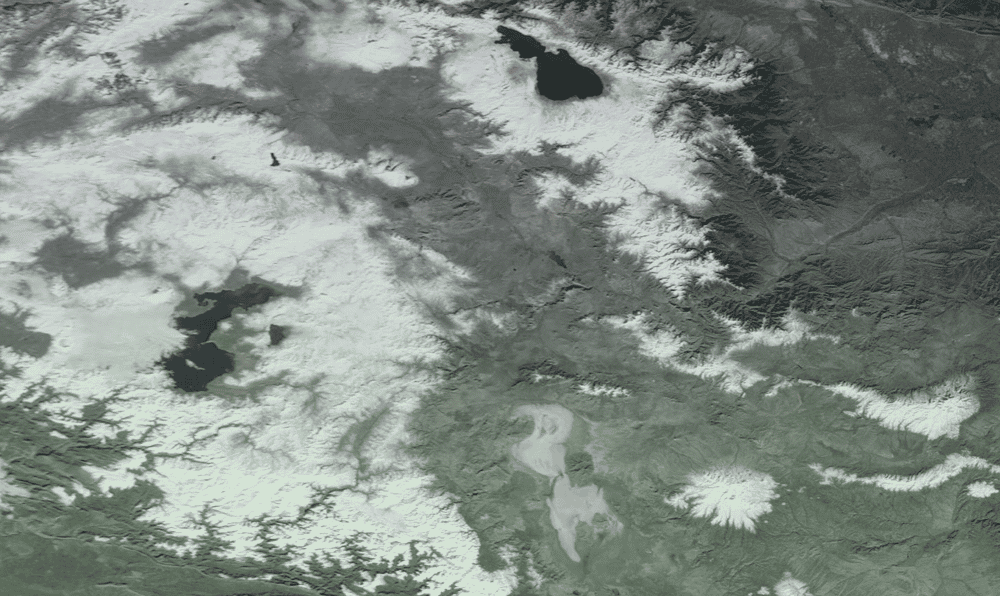
Understanding the Absence of Rain Over Lake Urmia
By Milad Balesini
January 2, 2024
Lake Urmia has once again captured public attention, but not solely due to the "National Working Group to Save Urmia Lake" releasing water from the Silveh dams to Kani Sib and then into the lake. A more intriguing development involves the extraction of salt and lithium – a valuable component in modern technology – from the desiccated lake bed. Additionally, disappearing clouds and the resulting lack of rainfall in the area have sparked considerable interest.
This absence of clouds and the drought in the region during the autumn and winter seasons have led to speculations. Some suggest that the authorities primarily focus on extracting salt and lithium, leaving the drought's consequences to their extensive bureaucratic processes. The lack of rainfall means dams are not replenished, challenging the narrative of a "Saving Urmia Lake" campaign, as there is little to no water available for release to the lake or for essential uses like drinking and agriculture.
Contrasting weather patterns have been observed in the region, with recent images highlighting heavy snowfall on the Turkish side of the border but no precipitation on the Iranian side, particularly in the northwest and west of Lake Urmia.
The interaction between water bodies and the atmosphere is crucial in regional climate. Lakes, like Lake Urmia, significantly influence local and regional air masses and atmospheric precipitation. The lake's desiccation has disrupted the climatic balance in its vicinity. Lake Urmia's bed exposes an estimated 30 billion tons of salt and other minerals. Besides salt, the lake also emits methane gas.
This unique combination of salt and methane in the dried lake bed contributes to unusual atmospheric conditions, fostering the formation of vertical winds characterized by upward air flows. The evaporation of water from the lake, combined with the accumulation of concentrated salt and minerals, results in denser and heavier air over the lake than its surroundings. Methane, a potent greenhouse gas, exacerbates this effect by trapping heat in the atmosphere. The consequent rise in temperature above the lake and the temperature differential between the lake surface and higher altitudes generate convection currents, leading to vertical wind patterns.
These vertical winds, a result of the combined effects of salt concentration and methane-induced temperature changes, significantly influence the climatic patterns around Lake Urmia. They play a crucial role in dispersing cloud formations above the lake, thus impeding precipitation in the area. In essence, the interaction of salt and methane in the dried bed of Lake Urmia is a critical factor in the cloud dispersion and lack of rainfall over the lake.
Related Petitions:
"For the Restoration of Lake Urmia" (September 10, 2023)
"Stop the Gradual Death of Lake Urmia" (October 26, 2021)

